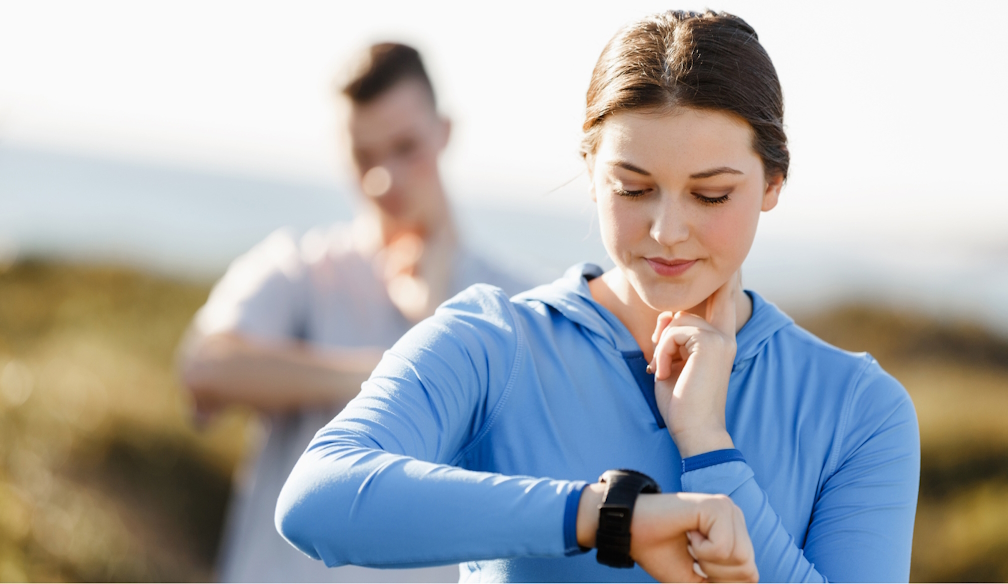What’s the difference between heat exhaustion and heat stroke? One’s a medical emergency
- Written by Matthew Barton, Senior lecturer, School of Nursing and Midwifery, Griffith University

When British TV doctor Michael Mosley died last year in Greece after walking in extreme heat, local police said “heat exhaustion[1]” was a contributing factor.
Since than a coroner could not find a definitive cause of death but said[2] this was most likely due to an un-identified medical reason or heat stroke.
Heat exhaustion and heat stroke are two illnesses that relate to heat.
So what’s the difference?
A spectrum of conditions
Heat-related illnesses range from mild to severe. They’re caused by exposure to excessive heat, whether from hot conditions, physical exertion, or both. The most common ones include:
-
heat oedema: swelling of the hands, feet and ankles
-
heat cramps: painful, involuntary muscle spasms usually after exercise
-
heat syncope: fainting due to overheating
-
heat exhaustion: when the body loses water due to excessive sweating, leading to a rise in core body temperature (but still under 40°C). Symptoms include lethargy, weakness and dizziness, but there’s no change to consciousness or mental clarity
-
heat stroke: a medical emergency when the core body temperature is over 40°C. This can lead to serious problems related to the nervous system, such as confusion, seizures and unconsciousness including coma, leading to death.
As you can see from the diagram below, some symptoms of heat stroke and heat exhaustion overlap. This makes it hard to recognise the difference, even for medical professionals.
















